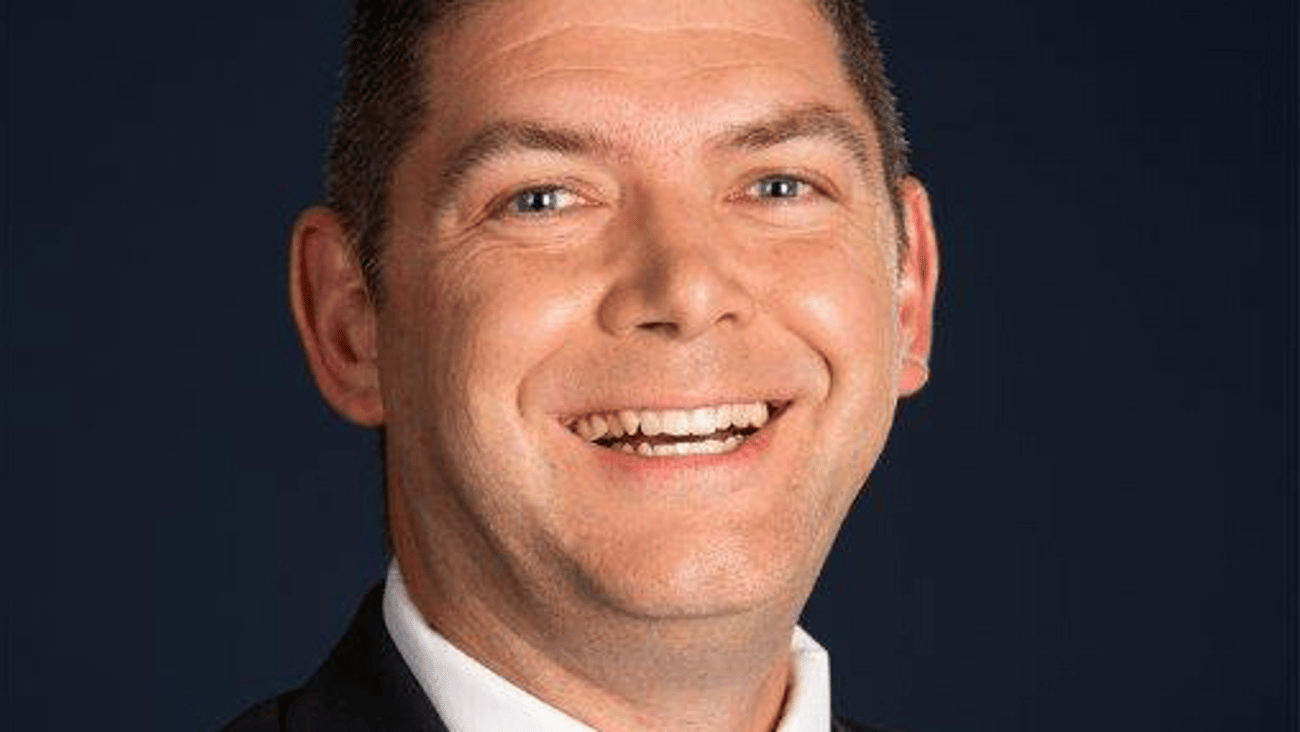The hope of healthcare – strategies for navigating risk, part 1
As we consider pharmacists as the hope of healthcare, we must be open to and aware of the need for change and the risk associated with it.
Today, we will take a look at a few strategies you can consider to help you navigate risk. This is by no means an exhaustive list and you may already use other strategies that are not included. Feel free to use or adapt any of these suggestions for your unique situations.
Data and analytics
This may be the most obvious for many of us. Using data and analytics can help identify trends and outliers. Additionally, data and analytics can help you determine how and where to deploy your resources.
In my experience, when presented with a significant Medication Therapy Management (MTM) opportunity, the appropriate response was not to turn it down. It was to figure out how we could make it happen. Many pharmacies had more opportunities than they had capacity to serve in the limited time window we faced to complete the cases. So, using data and analytics, we were able to formulate a strategy to address the opportunity. There was significant risk with failing. We risked losing patients to competitors. Because of this, we had to reevaluate the situation periodically to make adjustments.
Continuous training
This cannot be emphasized enough, yet is often so difficult to pull off. The landscape in pharmacy is always changing. With these changes comes the need for additional training to stay up to date with everything going on. Staffing challenges only serve to make the process more difficult. Yet, we can all agree there are many benefits to having a better trained workforce.
One of the best decisions of my professional career was to prescribe continuous training for my team. What I found was that people generally like to grow, especially in areas of their strengths. When I prescribed continuous training for my team, I did not specify the area. I trusted each person to make an appropriate decision on areas to pursue and to share what they were learning with the larger team. All I required was a couple of sentences each week about what they were learning. The team flourished! They became more engaged and innovative in the work and, in the context of risk management, they began to identify issues before they became problems.
For whatever challenges you may face in implementing continuous training, I would suggest to you that you face greater challenges in NOT implementing continuous training.
Open communication
It has been said the biggest myth about communication in business is that it happens. My experience has demonstrated this to be true. I have identified two factors that make communication more difficult:
The first is personality. We all have personalities that affect not only how we speak but how we hear. The book “5 Voices: How to Communicate Effectively with Everyone You Lead” by Jeremie Kubicek and Steve Cochram greatly opened my awareness to this. For communication to be open, we need all voices to be heard. One of the things I have learned to do over the years is observe the people in the room who are quiet. Maybe they are quiet because they discount the value of their contributions to the conversation. Often, nothing could be further from the truth. Many times, it is the quiets ones who have the best questions and the best solutions.
The second factor is the curse of knowledge. Whether you like to think of yourself this way or not, you are an expert on many subjects. You know so much more that you often have to simplify things when you go to explain a situation. Far too often we do not simplify the situation enough. One of my mentors explained it to me this way. When you are an expert on a topic or situation, you know it at a level 10. When we try to simplify issues, we often reduce to a level 6 or 7, thinking that will allow people to catch on. The reality is that most people need to simplify things to a level 2 to be able to make a decision.
When it comes to having good communication on your team, keeping things simple and making sure everyone is involved can go a long way. Remember, effective risk management is not about avoiding risk altogether, but rather mitigating and minimizing its impact.
Until next time
Jesse McCullough, PharmD
Connect with Jesse on LinkedIn



